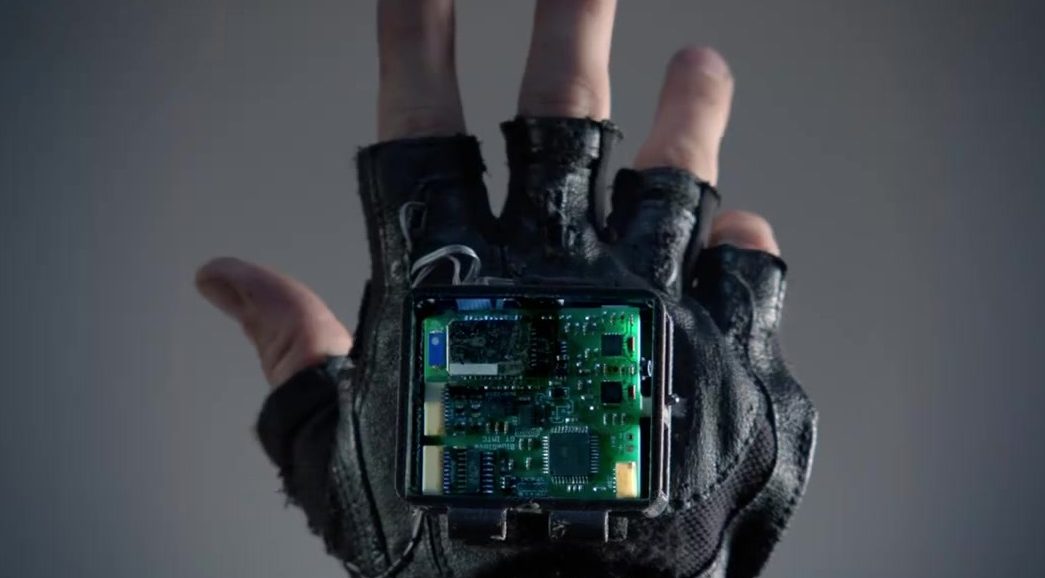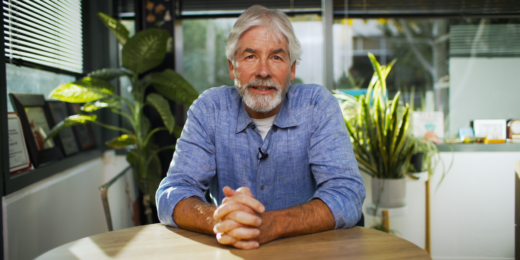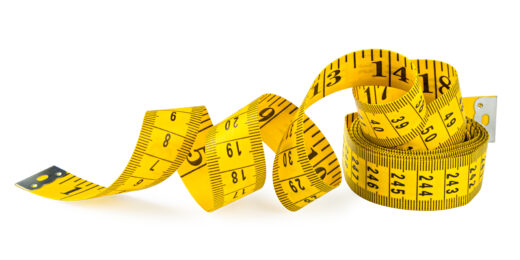Stroke is difficult subject. As much progress as there's been in the last few years in detecting and treating strokes as they're happening, and as much progress as there's been in preventing them from happening in the first place, therapies for those dealing with the aftermath of a stroke have lagged behind. Basically, researchers don't have good therapies they know work -- and they're looking for ideas.
I highlight one such idea in a story for Stanford News: a vibrating glove that its developers hope could help stroke survivors by stimulating nerves in the hands and arms, potentially improving sensation and function. As I explained:
Caitlyn Seim, a graduate student at Georgia Tech, started the project in the hope that the glove's stimulation could have some of the same impact as more traditional exercise programs. After developing a prototype, she approached Stanford colleagues Maarten Lansberg, [MD, PhD], an associate professor of neurology and neurological sciences, and Allison Okamura, [PhD], a professor of mechanical engineering, in order to expand her efforts. With help from a Wu Tsai Neurosciences Institute Neuroscience:Translate grant, the trio are working to improve on their prototype glove and bring the device closer to clinical testing.
'The concept behind it is that users wear the glove for a few hours each day during normal daily life -- going to the supermarket or reading a book at home,' said Seim. 'We are hoping that we can discover something that really helps stroke survivors.'
Seim will come to Stanford as a postdoctoral fellow in the fall and continue work on the glove. There's already some promising initial results, she said, which the trio hope to build on. The first step is revising the glove's design based on early feedback, then running a new round of tests with stroke patients in the summer and fall, Seim said.
Photo courtesy of Caitlyn Seim




